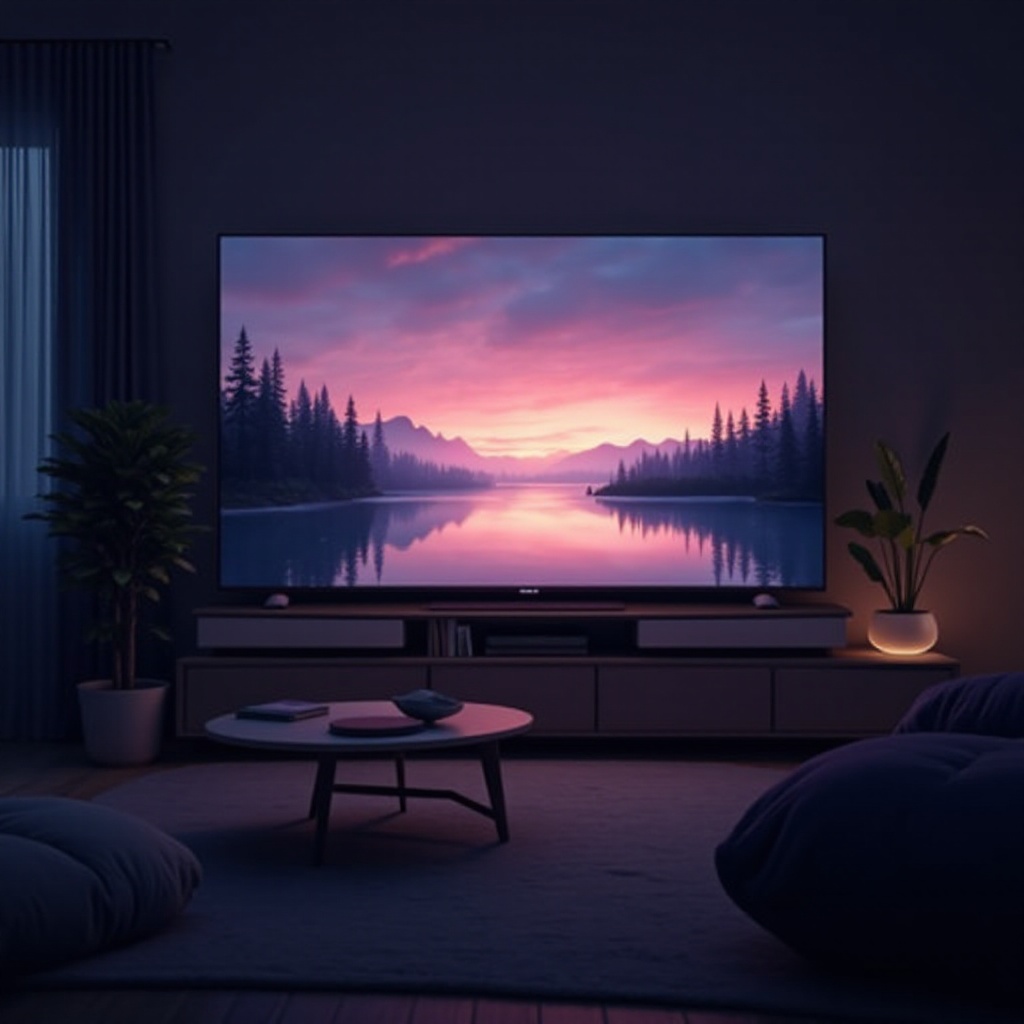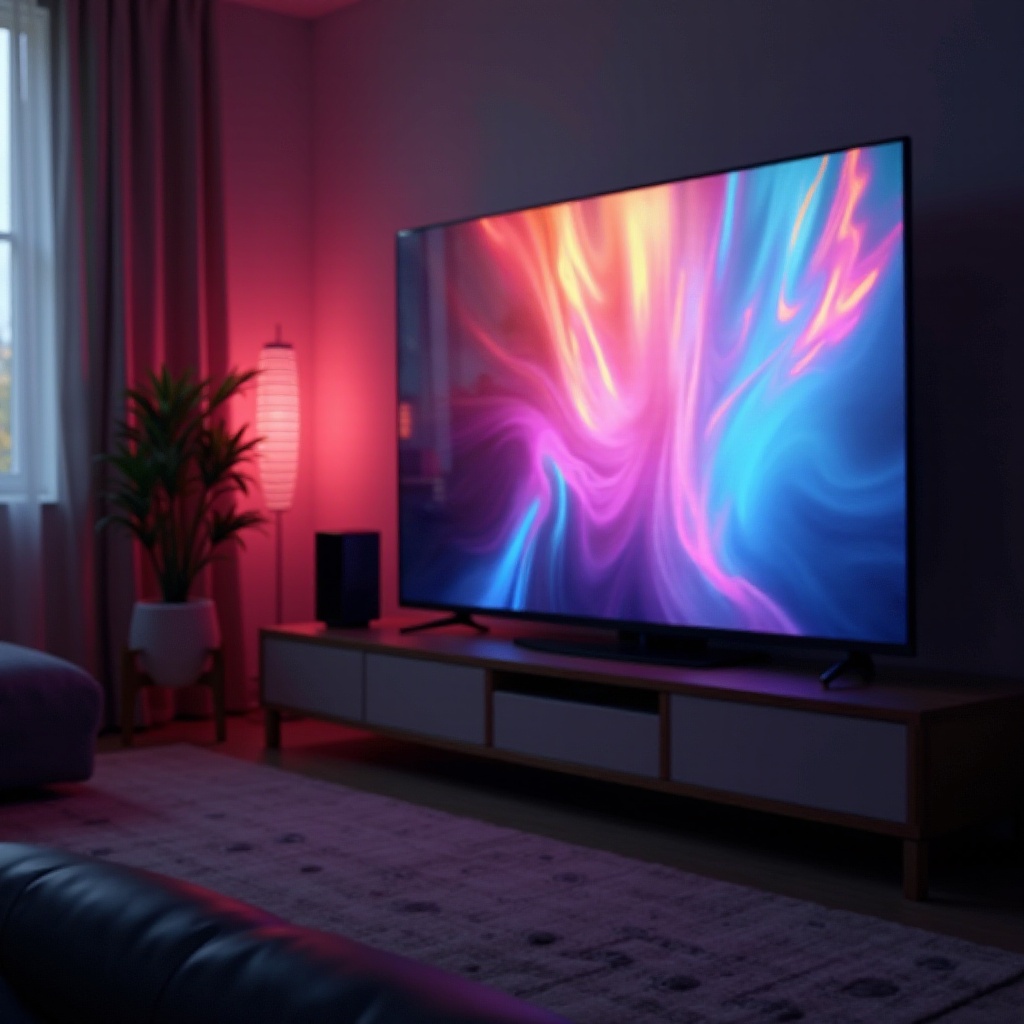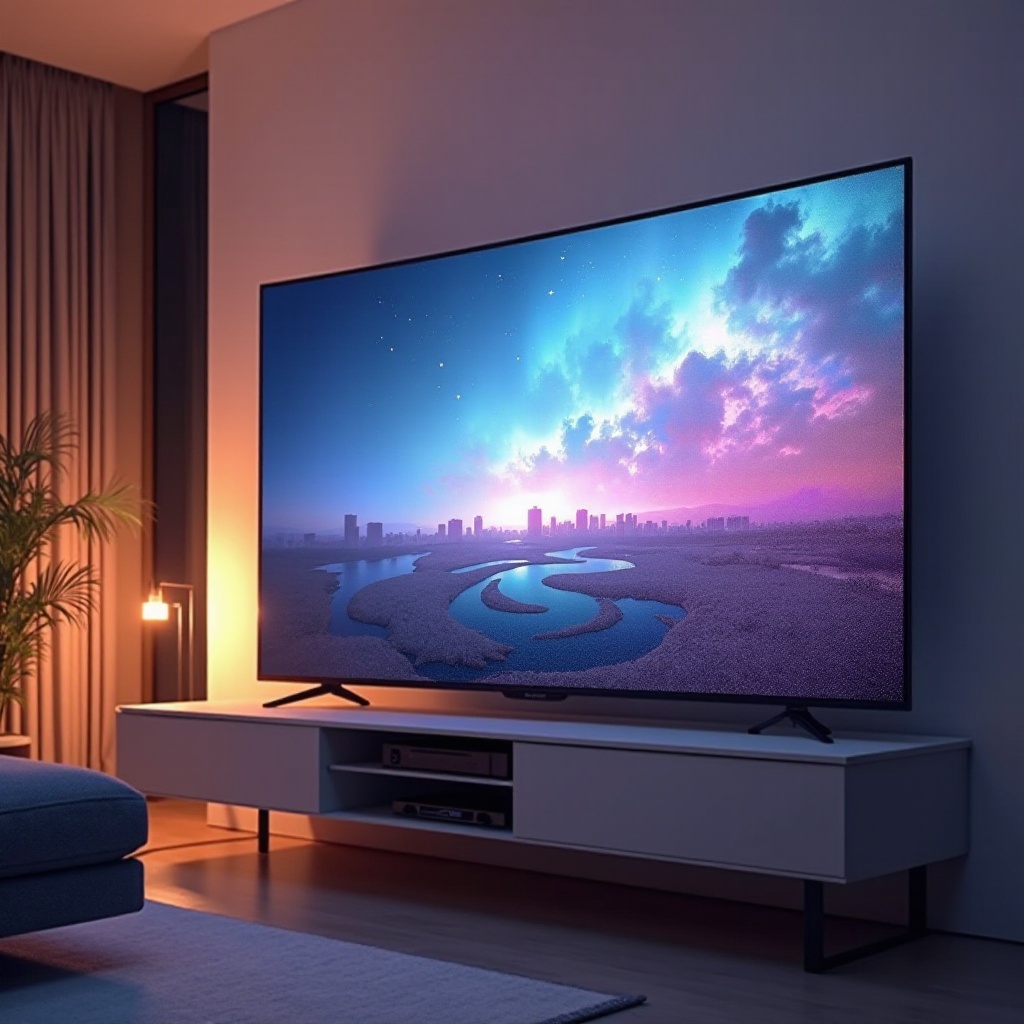Introduction
TV blooming is a mysterious quirk of display technology that often perplexes viewers. You might be watching your favorite movie when suddenly, you notice halos or glowing patches surrounding bright objects. This occurrence, known as blooming, distracts from the overall image quality and can diminish your viewing pleasure. To maintain an enjoyable experience, it’s essential to understand the causes of blooming and discover effective solutions. In this article, we’ll delve into the blooming phenomenon, examining its origins, impacts, and how you can minimize it.

Understanding TV Blooming
Definition and Overview
TV blooming happens when bright scenes bleed into adjacent darker scenes, creating an observable halo effect. It’s a prevalent issue, particularly in high-contrast environments and is often more noticeable in dimly lit settings. While varying technologies display differing levels of blooming, some form of this effect is common in many modern televisions.
Technical Aspects of Blooming
Technically, blooming is a result of imperfect local dimming. Local dimming aims to enhance contrast by selectively controlling the brightness of a TV’s display zones. However, if implemented poorly or if the settings are inaccurate, local dimming can lead to unintended light seepage that culminates in blooming.
Causes of TV Blooming
Influence of Display Technologies
Blooming largely stems from the specific display technology in use. LCD screens, reliant on backlight systems, are more susceptible to this phenomenon. LED TVs, especially those with fewer dimming zones, exhibit more pronounced blooming compared to OLED TVs, where each individual pixel generates its own light and thus minimizes spillover.
Role of Local Dimming in Blooming
While local dimming aims to refine picture quality, it can paradoxically enhance blooming if not implemented correctly. Insufficient dimming zones may cause excessive light that brightens surrounding dark areas, thus creating the halo effect frequently observed in high-contrast scenes.
Identifying TV Blooming Issues
Common Symptoms of Blooming
Signs of TV blooming include visible halos encircling bright objects, reduced sharpness, and diminished detail in darker regions. Viewers might also detect inconsistent brightness affecting the overall uniformity of an image.
Testing Methods for Blooming
To ascertain if your TV has blooming, utilize high-contrast imagery or videos. Monitor scenes integrating both dark and bright areas in an unlit room. If you discover halos or abnormal light spillage, it’s likely your screen is affected by blooming.
Impact on Viewing Experience
Effects on Image Quality
Blooming can compromise image quality, stripping away the anticipated depth and vibrancy of modern displays. This effect can cause content to appear lackluster and hinder the clarity of intricate details.
Types of Content Most Affected
Content characterized by strong contrasts, like nighttime scenes or space themes, prominently showcases blooming. Shows and movies featuring deep black backdrops juxtaposed with brilliant highlights are especially impacted.
Solutions and Tips for Reducing TV Blooming
Adjusting TV Settings
- Brightness and Contrast: Moderating these settings can alleviate blooming by lessening light overflow.
- Local Dimming Options: Tweak your TV’s local dimming settings. Experimentation might reveal settings that reduce the blooming effect.
- Update Firmware: Keep your TV’s firmware current, as manufacturers frequently release updates to optimize display performance.
Choosing the Right Display Technology
Opt for OLED technology over LED since OLEDs are notably less prone to blooming. Additionally, high-tier LEDs boasting extensive dimming zones can effectively diminish blooming effects.

Buying Guide: Avoiding Blooming in New TVs
Key Features to Consider
When on the hunt for a new TV, focus on models with superior local dimming and OLED innovation. A greater number of dimming zones and enhanced backlight control are synonymous with reduced blooming.
Recommended Models with Minimal Blooming
Consider TVs like the LG OLED series or premium Samsung QLED models, which typically offer outstanding image quality with minimized blooming thanks to their advanced dimming technologies.

Conclusion
A firm grasp of TV blooming and strategies to manage it can significantly uplift your viewing experience. By selecting the correct technology, fine-tuning settings, and opting for recommended models, you can curtail this distraction and enjoy sharper, more vivid visuals. Equipped with this understanding, you can make savvy decisions whether encountering existing display issues or purchasing new screens.
Frequently Asked Questions
What is the main cause of TV blooming?
TV blooming primarily stems from inadequate implementation of local dimming, leading to light intended for bright scenes spilling into darker areas.
Can TV blooming be completely eliminated?
While complete elimination is challenging, blooming can be significantly reduced using OLED technology and optimizing settings with firmware updates.
How do I know if my TV has blooming?
Detect blooming by viewing high-contrast scenes in a dark room. Look for halos or unnatural light around bright objects, indicating a blooming issue.
